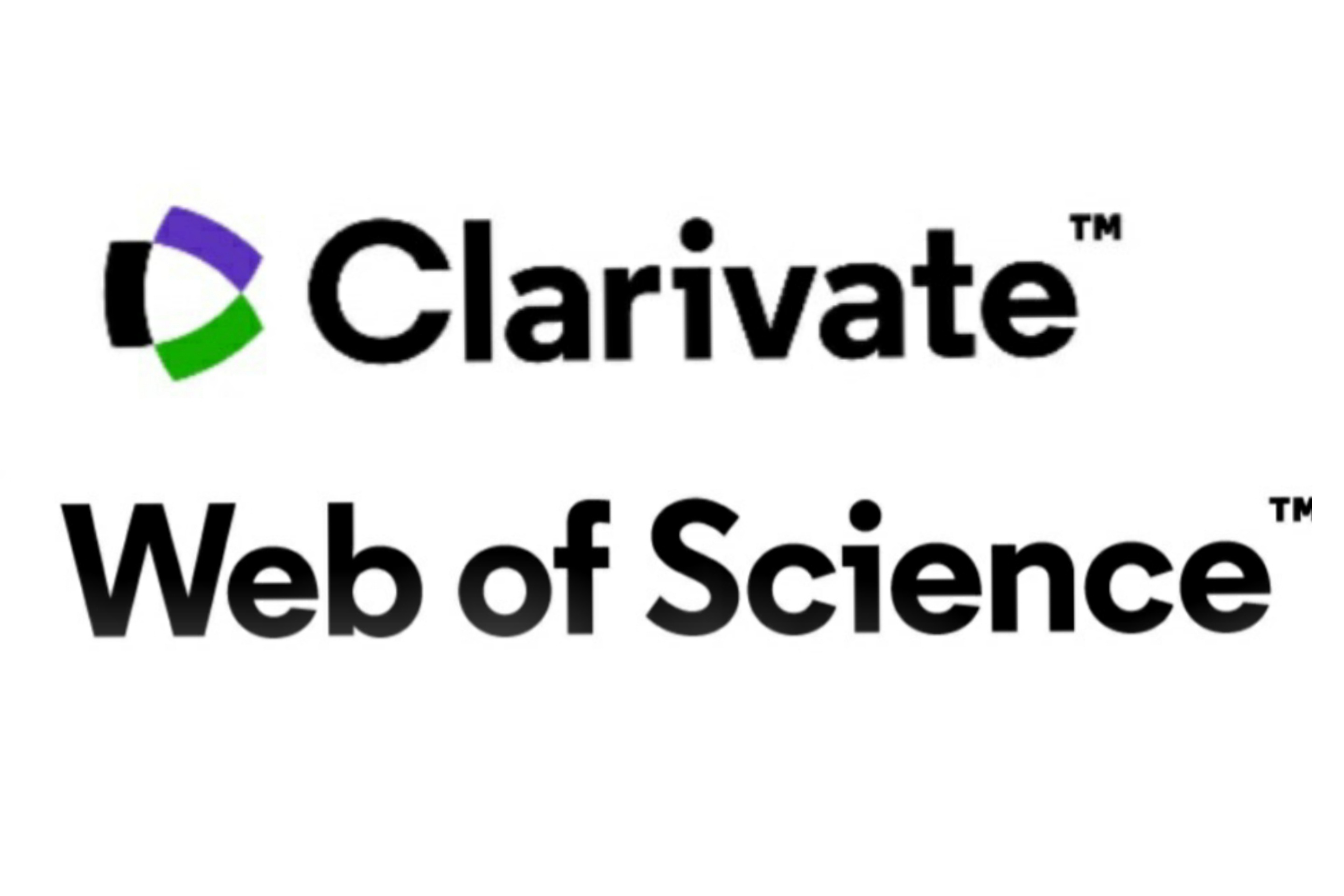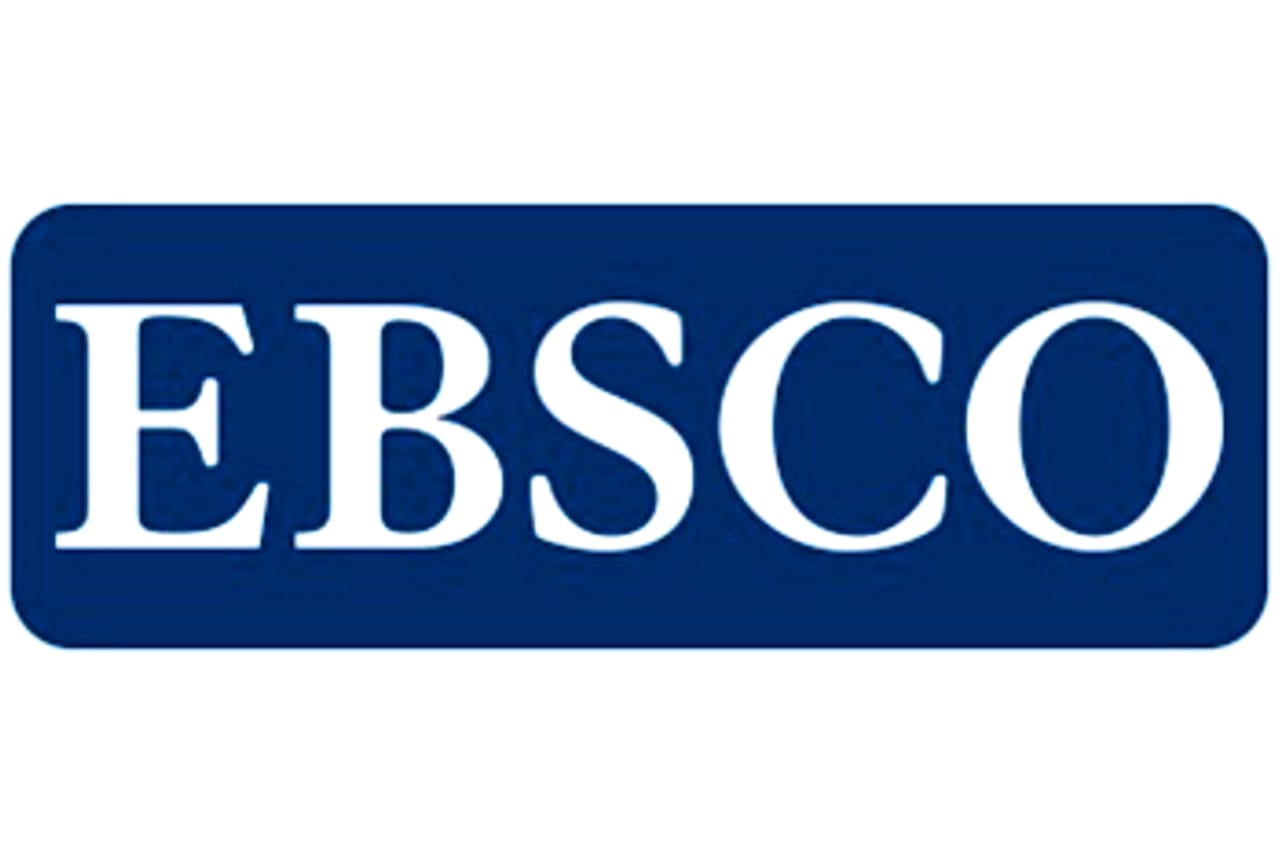Physical bases of meteor registration methods and the instrument complex of the NKU Observatory
DOI:
https://doi.org/10.26577/ijmph.2022.v13.i2.04Abstract
One of the actual directions of studying the physical characteristics of near–Earth space is the assessment of the concentration of meteoroids in it, and the time change of this parameter. In this regard, the principles of setting and implementing meteor observations at the observatory of the North Kazakhstan university named after Manash Kozybayev are considered in chronological order. Meteor observations were carried out on the basis of an integrated approach, including the use of meteor patrols, an All Sky camera, a system for recording radio wave reflections from a remote station from meteor tracks, and a camera based on an optical image intensifier. Based on the analysis of the practical experience of using this equipment, the advantages and disadvantages of each of the methods of meteor registration are revealed. It is shown that the use of the latest image brightness amplifiers and wide–angle cameras with the highest possible sensor sensitivity is the most progressive for their optical observations. The closest attention is paid to the analysis of the experience of implementing the registration of plasma meteor tracks in the radio range. The method is based on the selection of reflected (scattered) musical–speech signals of a remote radio station having a specific pulse structure. Comparison of the obtained results on the frequency of meteor phenomena with the data of known observation points allows us to speak about the effective operation of the newly created meteor monitoring system in the radio range. In the final part of the work, ways to improve the efficiency of recording meteor phenomena in the optical range based on the use of the latest radiation receivers are considered.
















